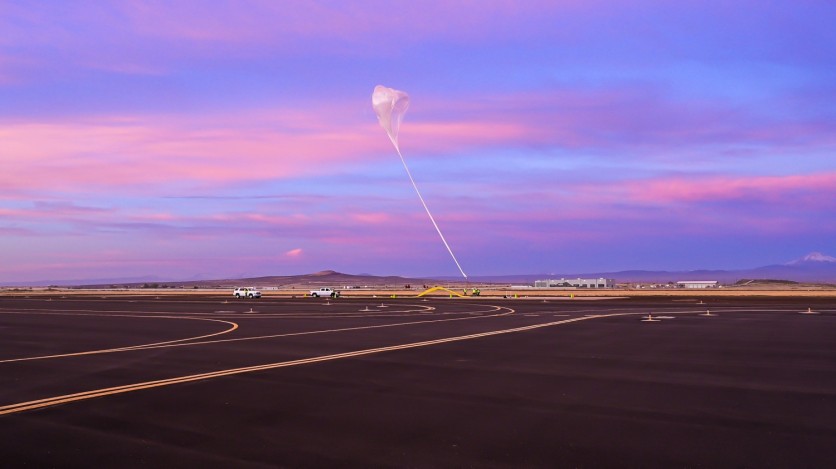NASA has recently chosen nine cutting-edge space technologies that would further advance the agency's upcoming missions and the commercial space industry as well.
These technologies, chosen as a part of NASA's 2022 TechFlights solicitation, will take flight on commercial suborbital platforms, including high-altitude balloons, aircraft with parabolic flight profiles, commercial payload-hosting platforms, and many more.

"This $6.1 million investment in technology testing will help mature technologies for agency goals, from space exploration to scientific discovery," Walt Engelund, deputy associate administrator in NASA's Space Technology Mission Directorate (STMD) and at NASA Headquarters in Washington, said in a statement.
"And in doing so, we're also providing significant support to help the commercial space industry thrive."
The technologies were chosen by STMD's Flight Opportunities program, which showcases innovations for space exploration, discovery, and the growth of space commerce.
The 2022 TechFlights solicitation, in association with the agency's Small Spacecraft Technology Program, featured access to test opportunities conducted on commercial platforms and spacecraft in orbit for the first time.
Here are the nine chosen technologies:
1. Device for Refueling Satellites
As a potential method for refueling satellites and spacecraft on extended missions, Creare in Hanover, New Hampshire, will test a device designed to facilitate the transfer of liquid propellant from a supply tank to a reception tank in microgravity. This space tech is planned to fly on parabolic flights using the G-Force One aircraft from Zero Gravity Corporation (ZERO-G).
2. Fuel Cell Energy Storage System
A fuel cell energy storage system intended as a potential power source for future spacecraft or lunar surface missions will be tested by Giner in Newton, Massachusetts, to evaluate the functioning of its gas-liquid phase separator in microgravity. The G-Force One from ZERO-G will also carry this technology.
3. Imaging and Particle Detector System
An image and particle detector system that intends to enhance the autonomous evaluation of wildfire structure and spread will be put to the test at Harvard University. The system makes use of aerosol measurement tools that might be useful on other planets. The high-altitude balloon developed by Aerostar is anticipated to fly this technology.
4. Electrons Variability Measurement Tech
The Johns Hopkins University Applied Physics Lab will evaluate a device's capacity to quantify the variability of electrons that exist between a receiver on a suborbital flight vehicle and GPS satellites in orbit to inform atmospheric models. The New Shepard rocket-powered system from Blue Origin is expected to carry this technology.
5. Capture and Separate Tech
The system for gathering and separating liquid condensation from cabin air to enable spaceship temperature and humidity control will be tested in microgravity by Paragon Space Development Corporation. The G-Force One from ZERO-G will carry this technology.
6. Heat Transfer Experiment
An experiment on heat transfer in cryogenic propellant storage will be carried out at Purdue University to be used in predicting and building future propellant transfer and management systems. The G-Force One from ZERO-G will fly technology.
7. Guidance and Navigation System
Rhea Space Activity will test the capability of a small spacecraft's guidance and navigation system for autonomous orbit determination in cislunar space. The Sherpa orbital transfer spacecraft from Spaceflight is expected to carry this technology.
8. Spacecraft Precision Landing System
Researchers will be able to assess a system's effectiveness on a rocket-powered lander in a planned test at San Diego State University that aims to enhance the spacecraft's precise landing capabilities through adaptive navigation. The Xodiac vehicle from Astrobotic will use this technology.
9. Red Blood Cells Rehydration
The University of Louisville will improve the processes used to rehydrate red blood cells in space. Long-duration space missions might benefit from transfusion therapy provided by such technology.
Related Article : Bear on Mars? NASA Captures a Beast-Like Face on the Red Planet

ⓒ 2025 TECHTIMES.com All rights reserved. Do not reproduce without permission.




